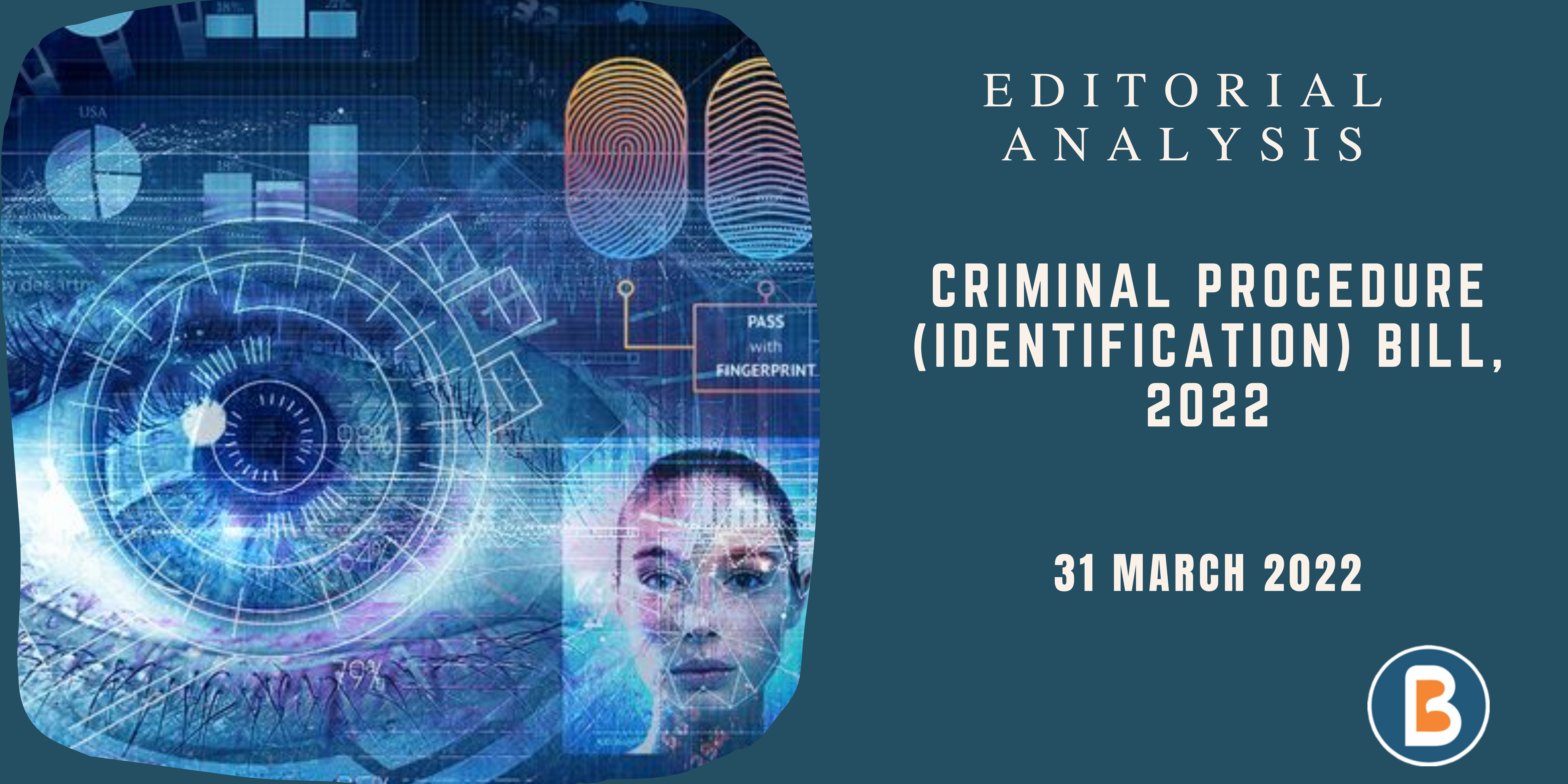Judiciary Getting Drawn into Theology
Context:
• The Karnataka High Court on Tuesday upheld the ban on the wearing of hijab (head scarf) by students in schools and colleges in the State.
• It held that wearing the hijab is not an essential religious practice in Islam and is not, therefore, protected under by the right to freedom of religion guaranteed by Article 25 of the Constitution.
What is religious practice test?
• Essential religious practices test is a doctrine which is a doctrine or a mechanism which is created by the judiciary especially by the Supreme Court.
• This doctrine first evolved in the Shirur Mutt case in the 1950’s.
• This doctrine helps the courts to classify whether the religious practices are fundamentally a part of the religion.
• Many religious practices may not be a part of the religion but it would still be in practice, as the state has the right to intervene it can regulate the religious affairs.
• Many eminent jurists are of the opinion that such cases have pushed the courts to take a theological stand.
• The major criticism here is that, the judiciary is coming out of the area which is beyond its competence.
• Practices which are in the society since hundreds of years are put to stake to the decisions taken by the judges.
What the Constitution Says?
• The Indian constitution under Article 25-28 guarantees the fundamental right to freedom of religion with some reasonable restrictions.
• The fundamental right to religion is available to everyone including the non-citizens.
• However these rights are not absolute, they can come under scrutiny by the state if there is public disorder.
• These rights are subject to public order, morality, health and other provisions.
• Apart from this the state is permitted to intervene and regulate or manage any economic, political or financial matters.
• When the exercise of religious practices came in conflict with other fundamental rights guaranteed under the constitution. The doctrine of essentiality was utilized to decide on the constitutionality of such practices.
Have the judicial interventions benefitted?
• The judicial interventions have ensured social justice during the practice of Right to freedom of religion.
• It ensured that constitutional morality was given primacy over religious morality. To give freedom to people in a multicultural society, example SC struck down section 377.
• It ensured that there will be primacy of rule of law rather than rule of religion. It helps in eliminating the possibility of conflict between different sections of society.
• Lastly, the doctrine protects the essential practices of religion from interference of state.
Source: THE HINDU




